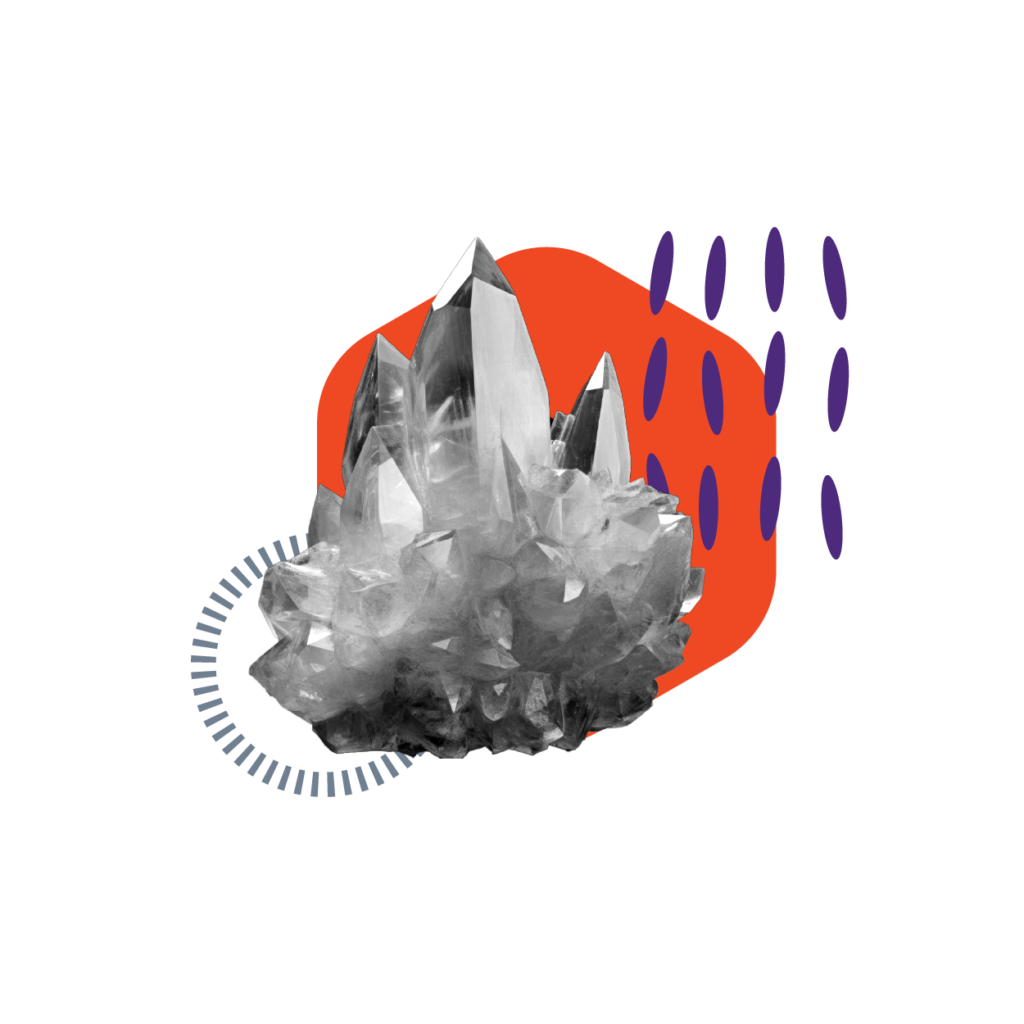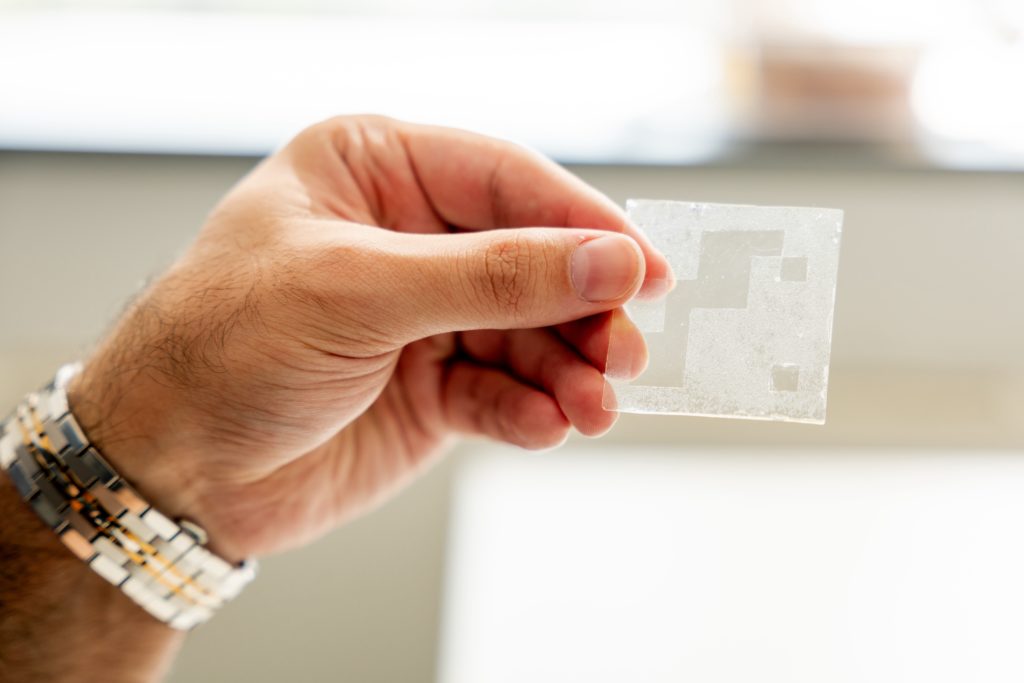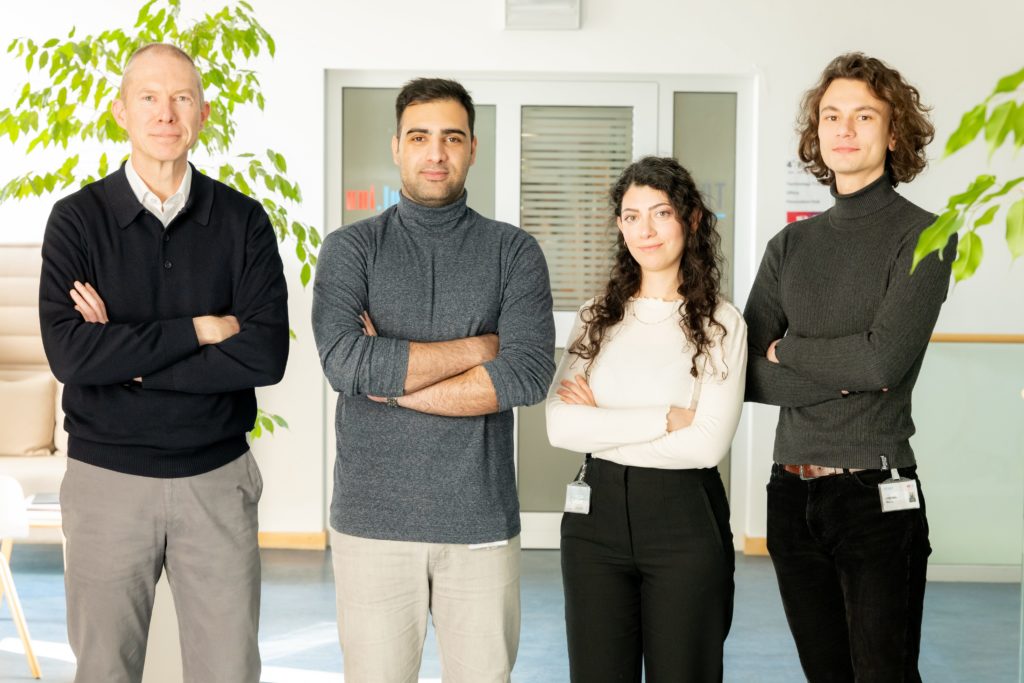Autonomous Vehicles & IoT

Robots navigating through construction sites see even transparent glass barriers. That’s one of many visions of an interdisciplinary research group of the University of Luxembourg that invented a special optical material based on liquid crystals to give physical objects unique, unclonable, and for the human eye invisible fiducial markers called iMarker. Their novel solution tackles use cases from robot navigation to object authentication.
An interdisciplinary team from the University of Luxembourg’s Faculty of Science, Technology and Medicine (FSTM) and Interdisciplinary Centre for Security, Reliability and Trust (SnT) is now working on use cases for these innovative iMarkers. They developed the novel optical material, which is the basis of these markers, as well as corresponding sensors for their detection and read out. In addition, the researchers built a complete prototype for robot navigation using iMarkers, including the necessary software.
The iMarkers are made of so-called cholesteric spherical reflectors (CSRs), microscopic spheres of polymerised liquid crystal. They were invented and are produced by a research team in the Department of Physics and Materials Science headed by Prof. Jan Lagerwall (FSTM, University of Luxembourg). The iMarkers are unique because they exhibit omnidirectional retroreflectivity in a narrow wavelength band with circular polarisation. Since the CSR reflection band is tuned outside the visible spectrum, the iMarkers are invisible to the human eye, while remaining readable by scanners. The current work aims for having robots or augmented reality devices detecting and reading them, but in the future even the camera on a phone could have this functionality.

The reflection patterns of the iMarkers are defined by the exact positions and orientations of the individual CSRs in the iMarker, but these are unpredictable by virtue of the production method. Hence iMarkers are practically impossible to forge or simulate and can also be used as unclonable fingerprints.
“Potential use cases depend on how many iMarkers will be distributed in the future. By spreading hundreds of thousands of our iMarkers and basically marking every object in a traffic scenario, even technologies like autonomous driving could be facilitated. However, smaller use cases, such as robot navigation or object authentification, also have great potential,” shares Prof. Holger Voos, head of SnT’s Automation and Robotics (ARG) research group.
Within the interdisciplinary research team, SnT’s ARG research group headed by Prof. Holger Voos, focusses on how the iMarkers can be used. To achieve this, SnT’s researchers Ali Tourani and Marco Giberna contribute their robotics expertise.
“We recently tested the iMarkers on a drone. There you can see the advantages of the iMarkers for robot navigation. For example, if a drone should land on a platform using our markers, we do not need a camera that detects the platforms measurements or provides orientation for landing. The drone only needs to see the iMarker and has all the information,” explains Prof. Voos.
The iMarkers can also be placed in human-centered environments to assist robot navigation without changing the human experience, since the markers remain invisible to the human eye. They can also be used with augmented reality devices, for example, to encode further information about a marked object.
“Our iMarkers can really create an impact: We already see that using these markers, even for marking a few relevant things, already improves robot navigation a lot. All in all, we are experiencing that collaborating with an interdisciplinary team that includes experts in physics, as well as computer science, robotics and automation is an enormous opportunity. It delivers unique and comprehensive research results with impact,” says Prof. Voos.
